How to make a strong password?
Learn how to create safe passwords to ensure the safety of all your accounts
Passwords are integrated into our everyday life. There’s not a single day where we don’t need to use our passwords to log into an account. A complicated password is what makes a strong password.
In the beginning, when we had just started using the internet, our passwords were extremely easy. We probably had passwords such as 1234, or perhaps a password with our name in it. Today, you can’t get away with such a simple password.
In order to create a strong password, you need to ensure that you don’t have anything personal included in the password.
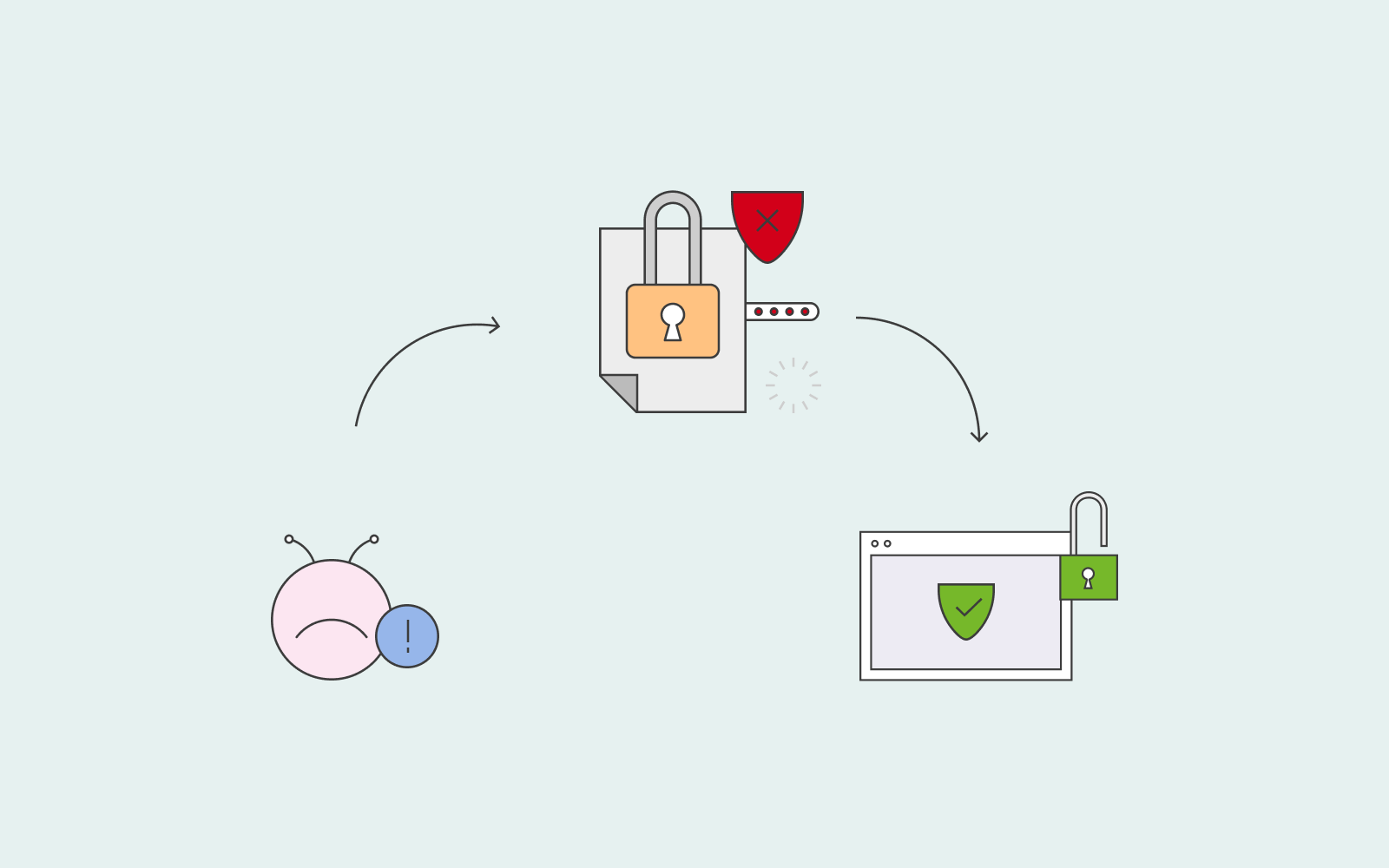
How does hackers crack your password?
A typical sign of your password being vulnerable is using the same password for several years. Usually, your password and username will end up on the black market. There is a real business for buying and selling passwords. Hence, you should create a strong password, change it twice a year, and not use it for multiple accounts.
- Brute force attack
Hackers can use software to try and crack your password. The software will try every option in the book, metaphorically speaking, until it lands and finds your password. Even though it might sound like it, this is not a tiresome process. The software does all the work, and hackers only need to wait for the software to do its job.
Some software programs have the ability to guess over 100 billion passwords in the second. If this is the rate, it’s bound to crack your password as well. In order to create a strong password, you need to make sure that you have a long password. The longer the password, the better the password.
Brute force attacks do not have rhyme or reason. It will try every letter, number, and symbol in the book to try and crack your password.
- Dictionary attack
A dictionary attack is different from a brute force attack. There’s some more planning in a dictionary attack. The dictionary attack will most likely consist of words from a dictionary that the software uses to crack your password.
Hence, creating a strong password involves the length of the password and the context. If you have blackcomputer88, then you have an easy password to crack. However, if you have a password like blackmountaincomputerinasalong4294024, then we are talking.
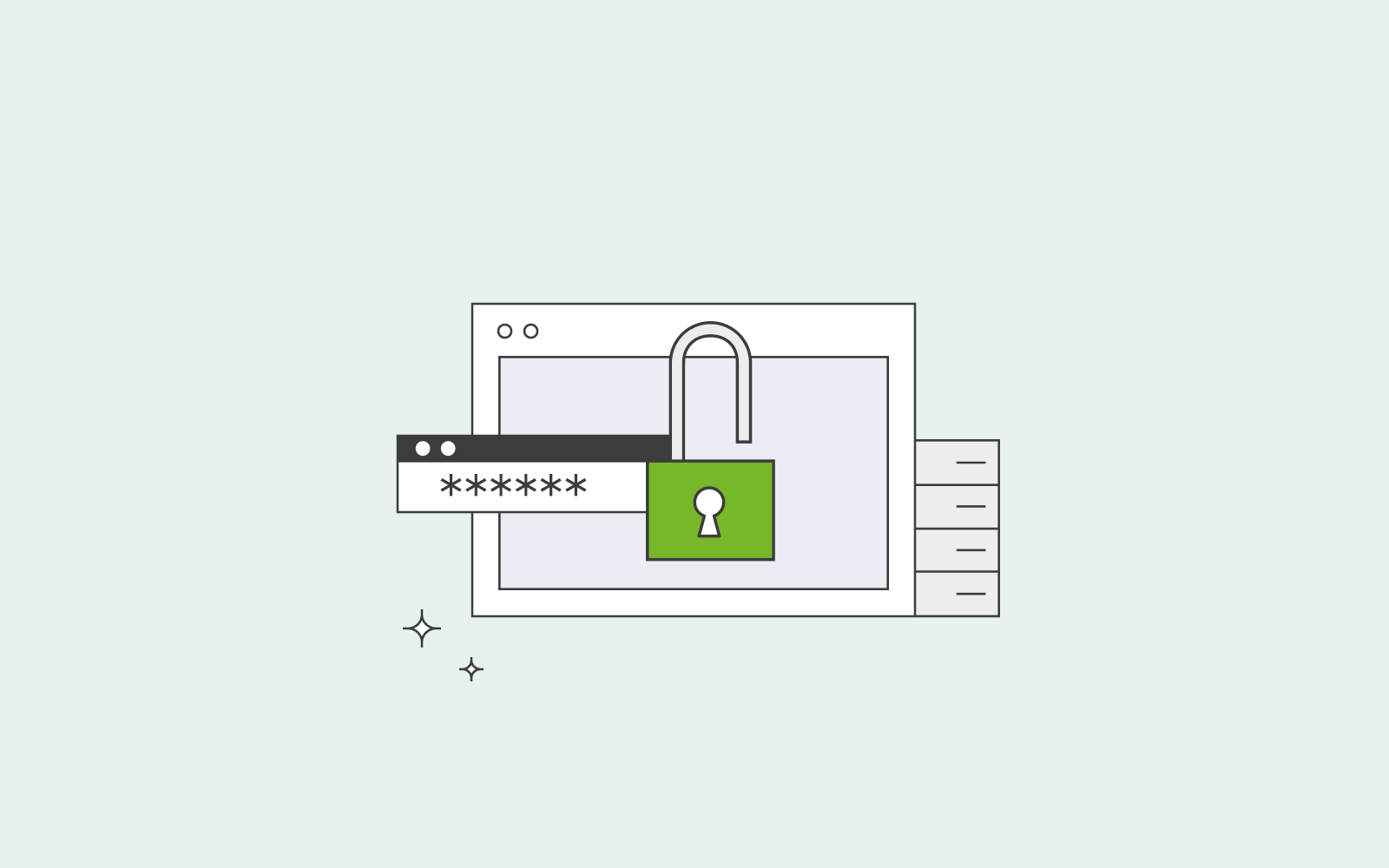
- Phishing
You have probably heard of phishing and perhaps even received phishing emails. The people who send phishing emails usually use tactics in their content, such as ‘You have won a car’ and redirect you to a website that resembles your car dealer’s website. Or ‘something is wrong with your credit card’ and redirect you to a website that resembles your bank. It’s all a ploy for you to click on the link and enter your password.
- Credential recycling
If hackers manage to crack your password, they will try to use it for every account you have. Let’s say that you use the same letter like ‘blackcomputer’ but use different numbers for every account; hackers might notice that pattern in your password and try to use different numbers to crack your other accounts as well.

What is a strong password?
Today, computers have become so powerful and complex that a password needs to be compliant with many rules and have a high complexity to stay secure. Now that you have an idea of how hackers can crack your password, you also know what you must avoid.
Create a secure password by avoiding to include anything personal in your password. What makes a strong password is uniqueness and complexity.
How to create a safe password?
We’ve listed a concrete list of aspects you should consider when creating a secure password, and we’ve also provided a few examples of good passwords.
- A complex password that is hard to crack
A password should, as a minimum, contain 16 characters but no more than 64. It should also include a mix of numbers, upper- and lowercase letters and special signs, whenever you can, like: !#@& that are often easy and good to use.
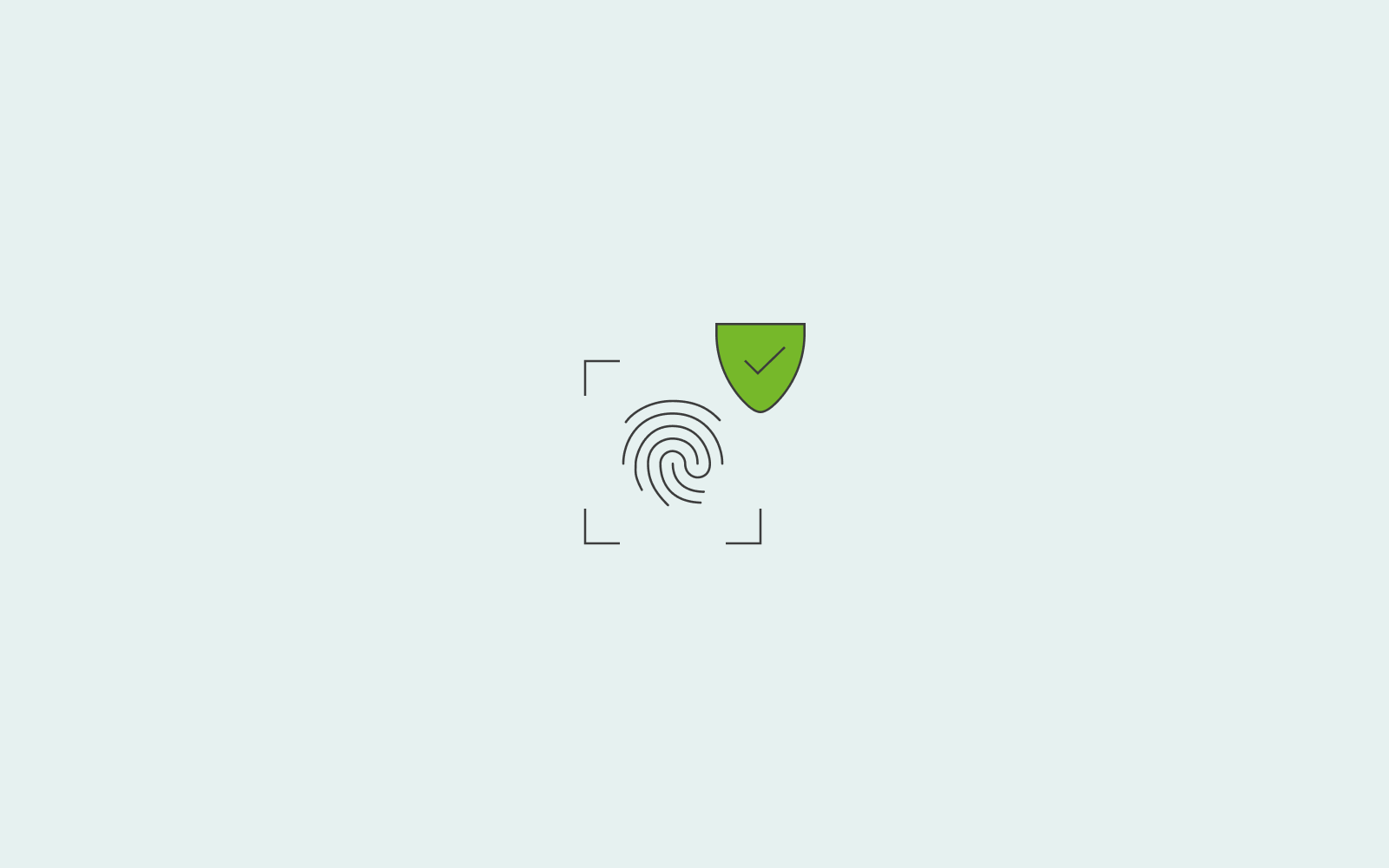
- A nonpersonal password
Try to make your password as random and nonpersonal as possible. If your name is Emma Clark and you were born in 1994, the password should NOT be EmmaClark94!
The password should not be personal in any way under any circumstance, especially if your email address is Emma.clark94@gmail.com as hackers already have the majority of your password in your email address; it’s almost as easy as you using ‘password’ as your password.
- A long sentenced password makes a strong password
If you want to avoid the risk of hackers figuring out your password, try to use longer sentences such as “Iliketoliveincopenhagenandbicycletowork84@”. This sentence does not necessarily have anything to do with any information you can find online or that somebody with ease could find out about you and is a strong password. In this example, we state that we like to live in Copenhagen and bicycle to work between the hours 8-4. You can even choose a random city like New York if you want.
A hacker or computer would have a hard time figuring this password out. Also, you can remember the password easily as it is a sentence. And keep in mind – try to not use the same password at more than one place at a time.
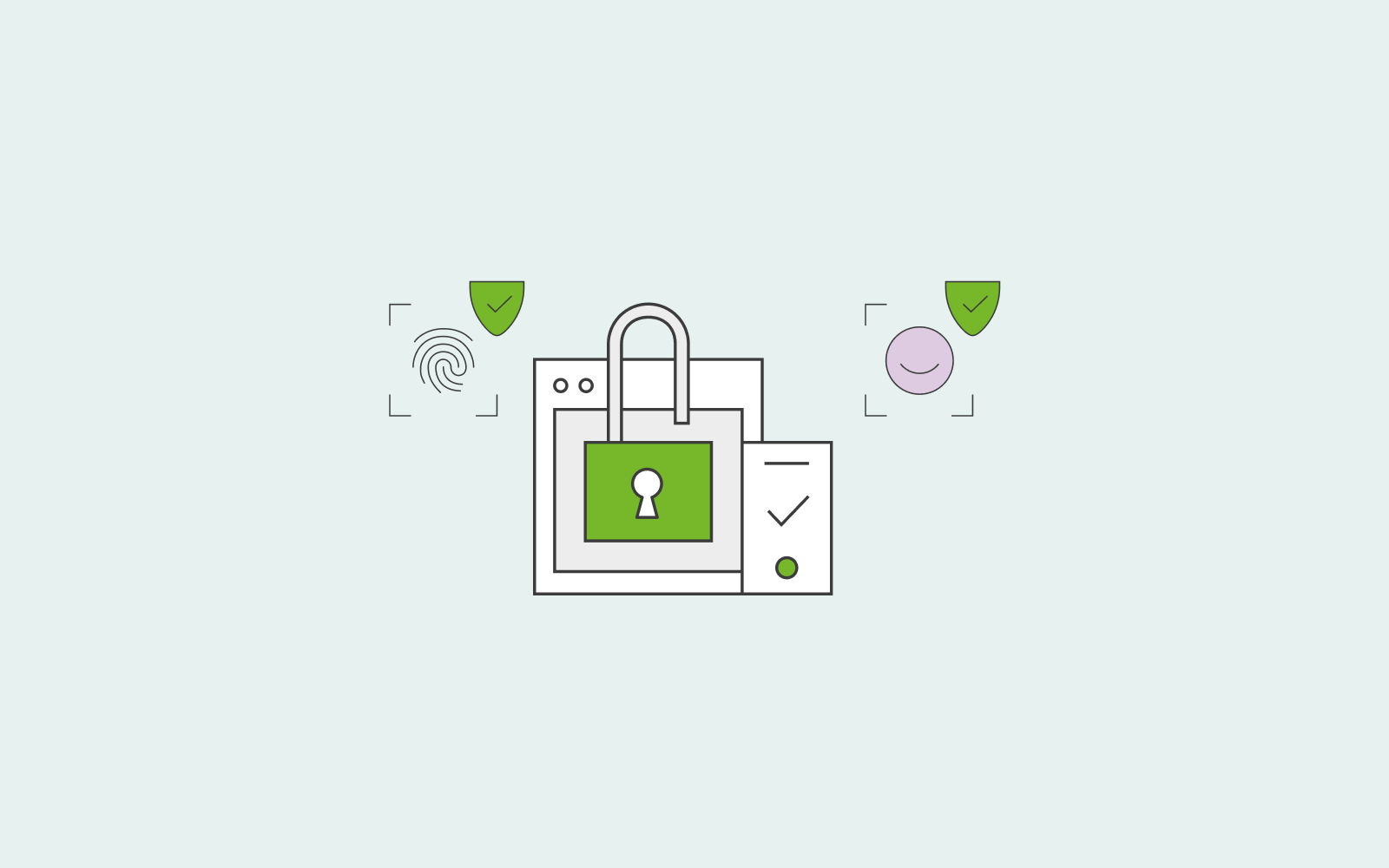
- Change your password regularly
Let’s assume that by now, you’ve created a strong password. It’s now time for you to implement some rules of your own to ensure that your password is continuously updated and far more challenging to hack.
Most login-services on the B2B-market implemented security rules years ago, letting you know when it’s time to change your password. In other online services, though, there is no one else but yourself to help you remember this rule.
Change your password at least twice a year. Make a notification with a reminder in your calendar when it’s time. If you add an extra layer of security by enabling 2-factor authentication, you can extend the period before you have to change the password again. This will no doubt leave you with a strong password.
- Don’t reuse old passwords
Avoid reusing passwords that you’ve previously used. Every new password must be entirely new. This way, your password is always changing, and by doing this simple action, you effectively block all efforts any hacker can make to attack you since you last changed the password.
Imagine if you never changed your password on your mail-account. In all that time, hackers have only had that one password to break, a password that has never changed.
However, if you change it now and then, the hackers only have a limited time to try and break your password. That is why banks worldwide change their passwords on a daily basis – it makes it virtually impossible to break, thus rendering hacker-attacks useless.

Good passwords examples
Let’s give you some good password examples. Don’t use these examples for your personal use.
- Passphrase
Use passphrases just as with our example above, “Iliketoliveincopenhagenandbicycletowork84@”. You can also crank it up a notch and write the passphrase backwards, for example: ‘Ilikemywhitekitchen’ to ‘kitchenwhitemylikeI’. This example is a strong password and simultaneously easy to remember. All you have to do is write it out backwards.
- Shortcut codes
Another example of a strong password is to use shortcut codes. We like to use a quote from one of Shakespeare’s plays: 2BorNot2B_ThatIsThe?
This shortcut code password is extremely well-known, but you get the idea. There are shortcut codes for different types of words. Shortcut codes such as L8r for ‘later’ or 4 when you want to say ‘for’.
- Sentence method
Another way to create a strong password is by implementing the sentence method. Let’s think of a sentence—something like IlikemywhitekitchenthatIownincopenhagen. With the sentence method, you take this sentence and pluck out the first two letters of every word: IlimywhkithIowco. And there you have it. A super complicated and strong password!
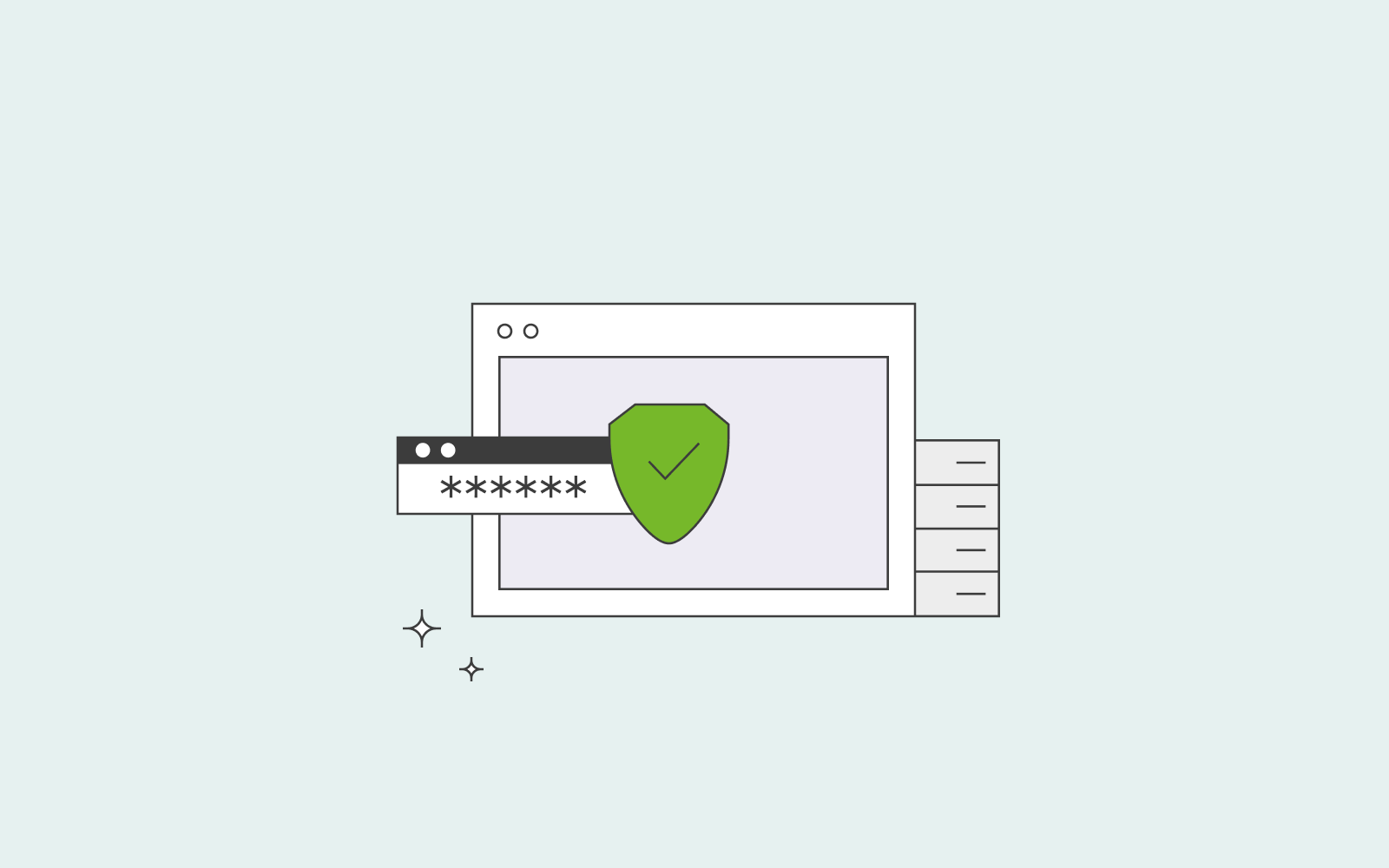
Keep your password to yourself
Remember not to share your new and super-secure password with anyone. You never know if a person you trust accidentally spells your password somewhere.
Another tip that we can share with you is to use a password manager. However, if you want to avoid password managers, you can also make a simple rule to add a little bit of text every time or change some values. For example, you add a number to the end of your password. Every time you change your password, you just add one value to this number. That way, you have a “map” of your password.
Never text or email anyone your password. If you must share your password, call the person up and spell it out to them. Furthermore, if you need to write down your password, write it on a piece of paper and never on your computer or phone.
